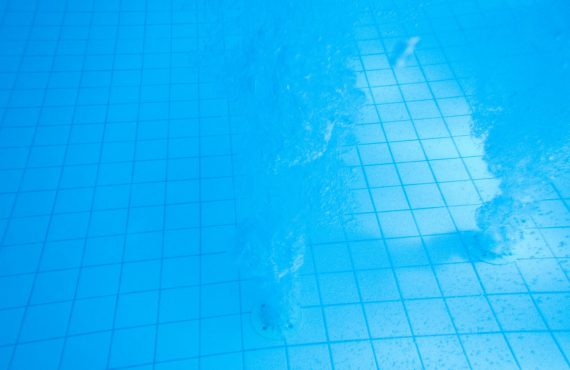A resident spilled coffee on his lap and left the dining room to go change his pants. The nurse thought the coffee was cold so did not think there was an injury; however, the next day during the resident’s shower, the certified nursing assistant noticed a blister on his right hip that was raised and discolored. At the time of discovery of the blister, the physician was notified to obtain a treatment order for the blister.
Resident’s in skilled nursing homes are at risk for burns related to hot liquid spills. It is important to have developed a systematic and systemic response. All staff involved in supporting residents at mealtime should be trained on how to respond when a resident spills hot liquid, whether there is potential or actual injury. The first step for the staff member to complete is to verify the temperature of the liquid that was spilled by the resident. If the resident spilled hot liquid, cool the area immediately. If the staff member is unsure if the temperature of the liquid would burn the resident, cool the area immediately as a prevention. Some facilities have cold water pitchers on the dining room tables that are available to pour over the area of spilled liquid on the resident. Then, immediately report the resident spilling liquid to the nurse. The nurse should complete an assessment of the resident and obtain orders for treatment depending on the severity of the injury. Additionally, a review of the resident’s ability to safely handle hot liquids independently or the need for adaptive equipment should be completed.
On an organizational level, hot liquids should be monitored for appropriate temperature. A log of the temperature checks of hot liquids should be maintained. Staff should be assigned to monitor the temperature of hot liquids and educated what steps to take when the findings are out of an established temperature range.
It can be a stressful time when a resident spills hot liquids. It is important to have trained staff that can respond during this time of stress for the resident.
Risk Exposure: A resident spilled coffee on his lap and left the dining room to go and change his pants. The nurse thought the coffee was cold so did not think there was an injury; however, the next day during the resident’s shower, the CNA noticed a blister on his right thigh that was raised and discolored.
Potential Reason/Root Cause: The resident spilled hot coffee on his lap, and it was thought initially that there was no injury. The burn was not noticed until the next day.
Quality Assurance Mitigation Strategy (QA): The physician was contacted and prescribed treatment for the wound. The responsible party was also advised of the incident. An investigation was launched. The resident when interviewed stated he had spilled hot coffee in his lap. A hot liquid assessment for the resident was redone, and he remains at a low risk. Hot liquids assessments for all the residents were redone, and the kitchen is now sending out lids with all hot liquids. The resident is being monitored on every shift for pain, and the wound is being evaluated every day. An AD Hoc action is occurring. Coffee and other hot liquids will be monitored for appropriate temperatures and logged prior to leaving the kitchen. The appropriate temperature is between 130° and 140°.
Potential F-Tags:
F323 Free of Accident Hazards/Supervision/Devices
Performance Improvement/Education (PI): Staff will be educated regarding identifying and preventing burns. Residents should receive education on the preventative use of lids for hot beverages.

























































